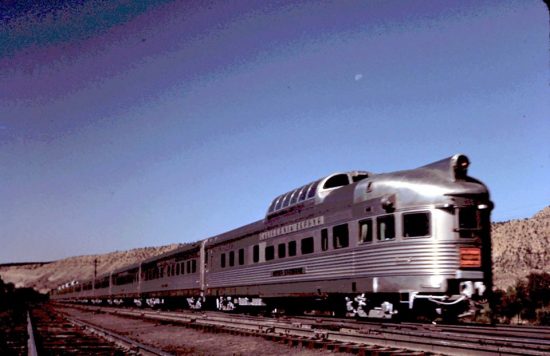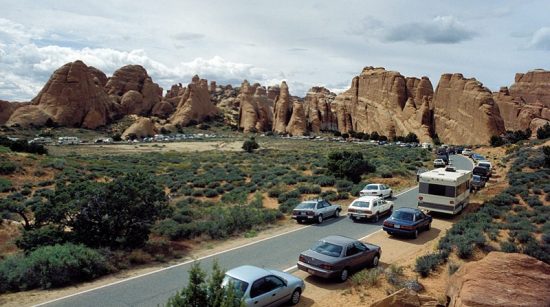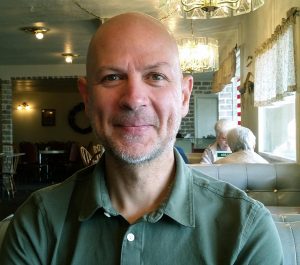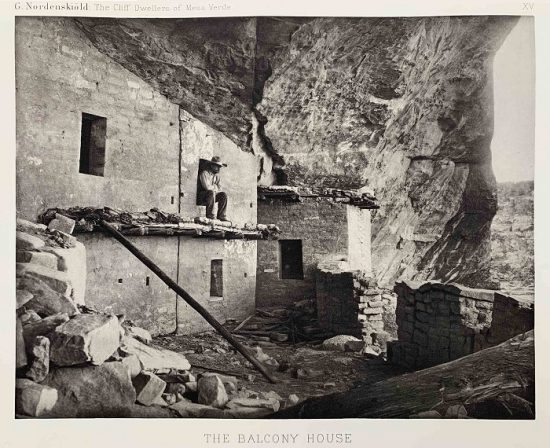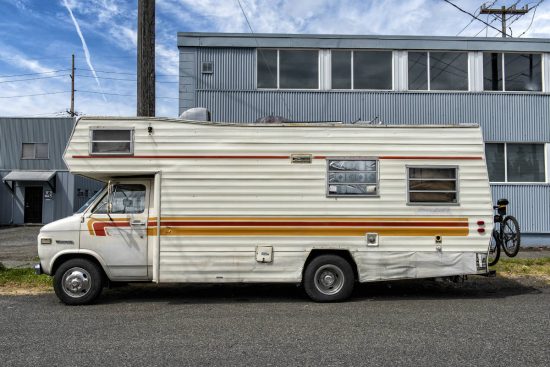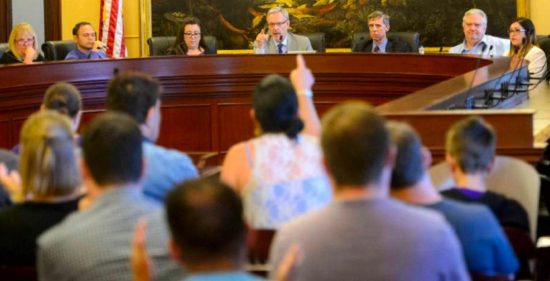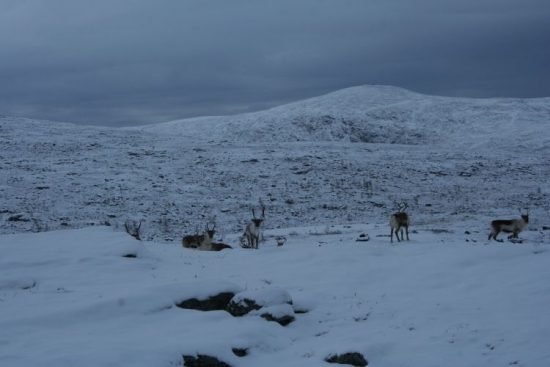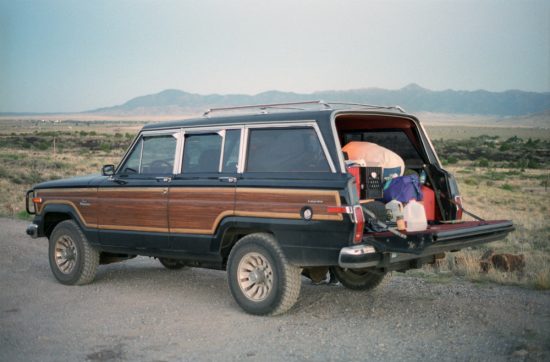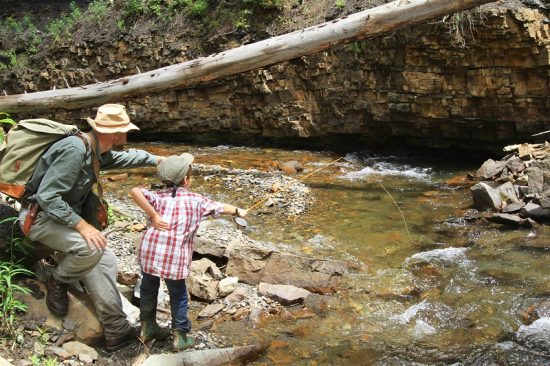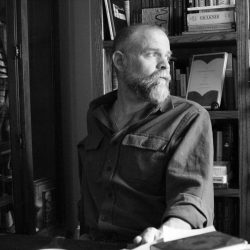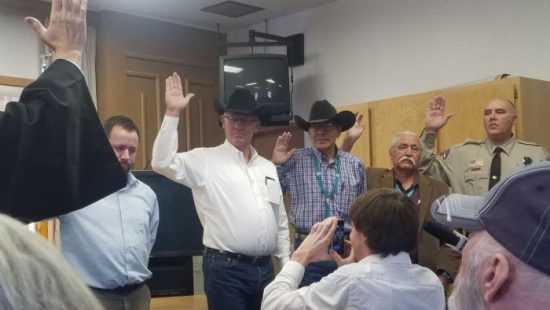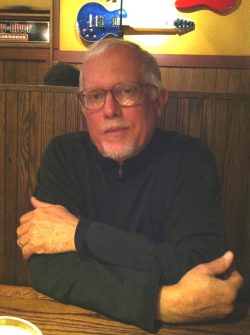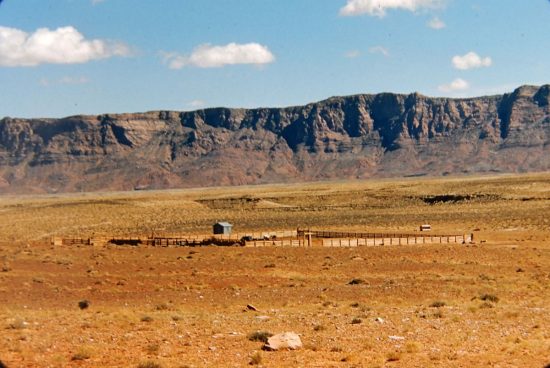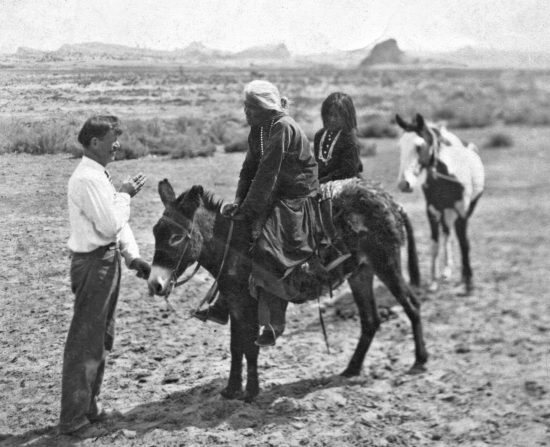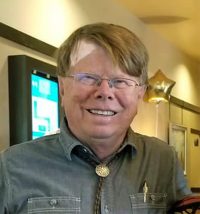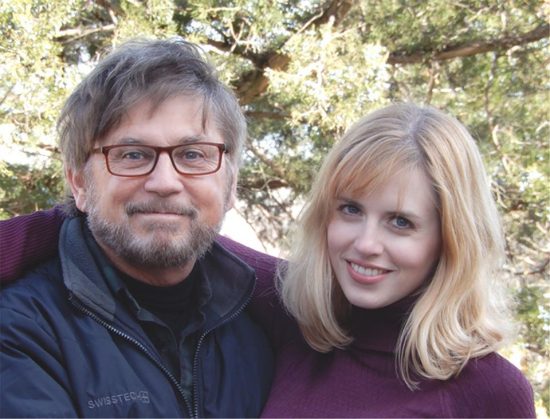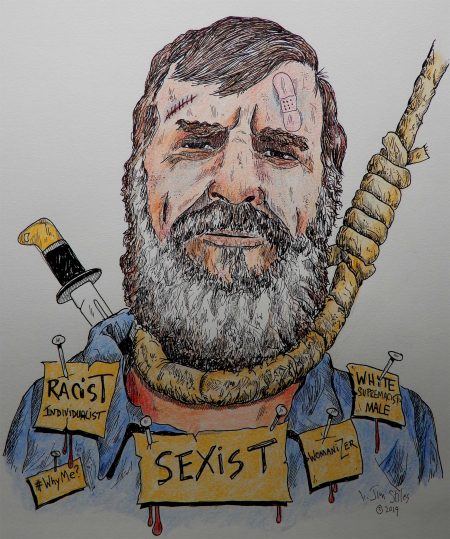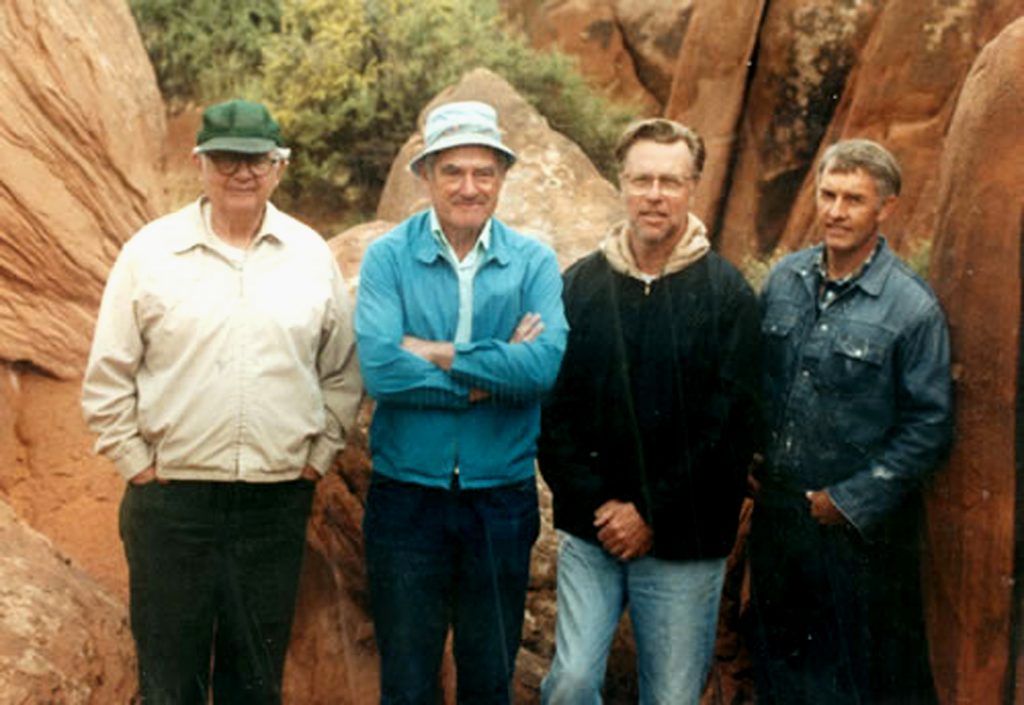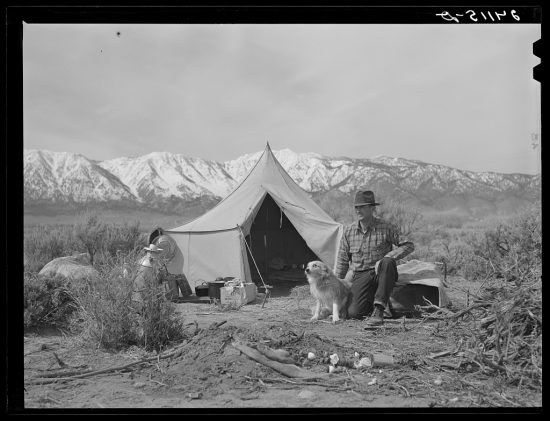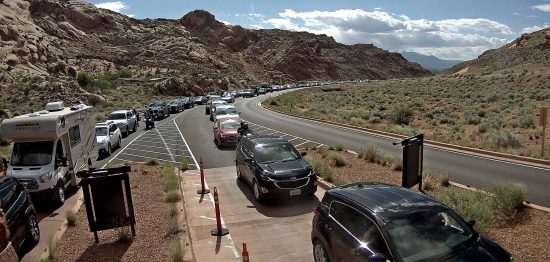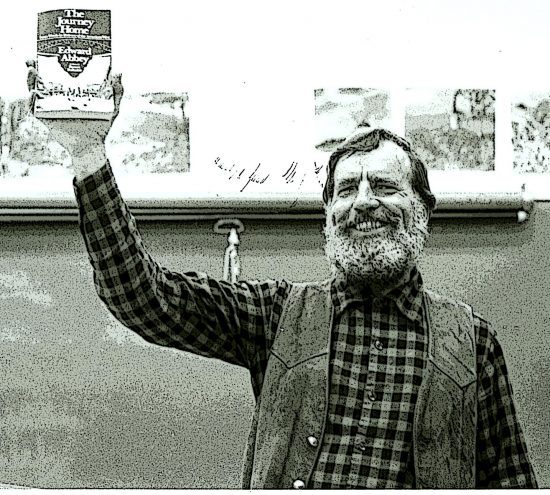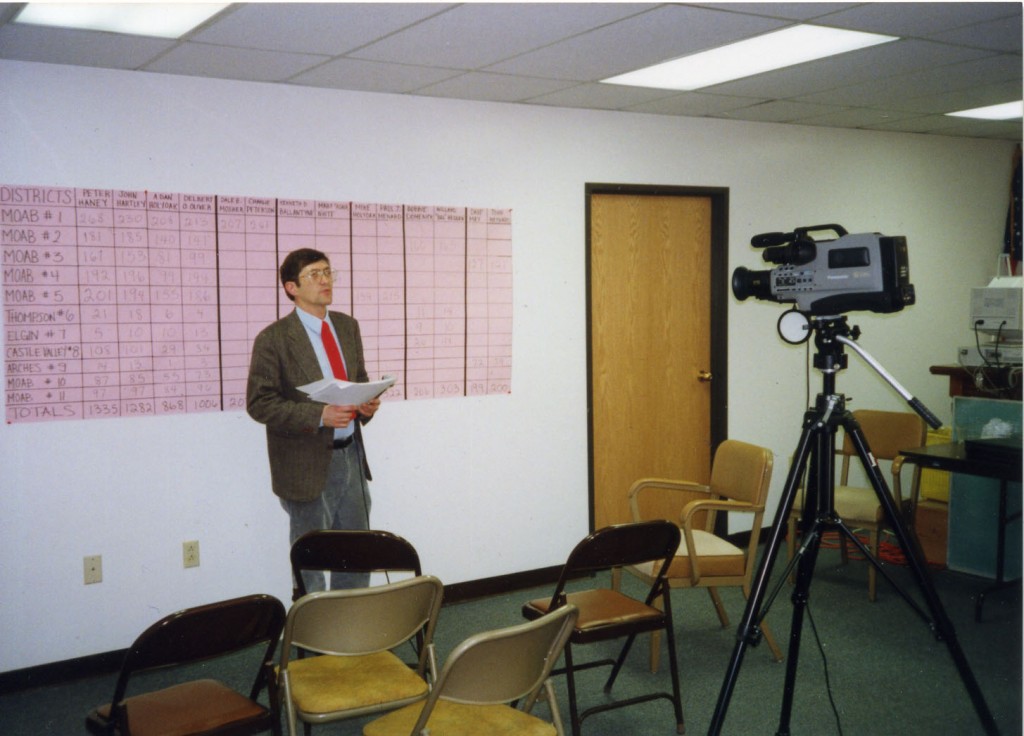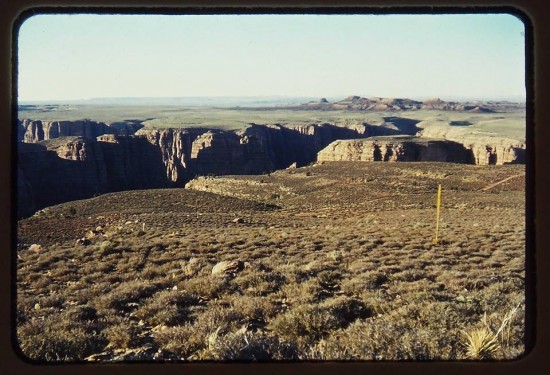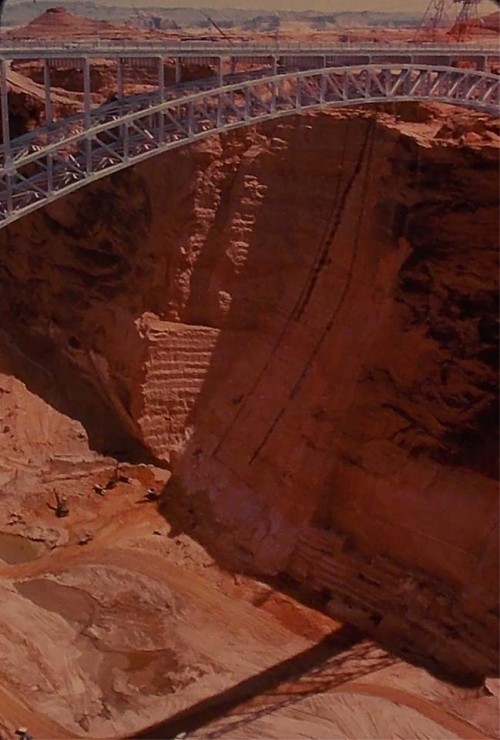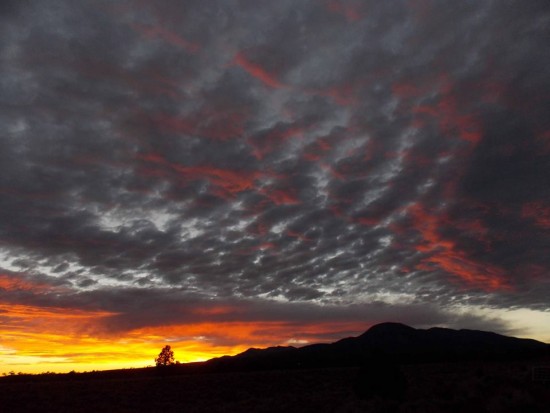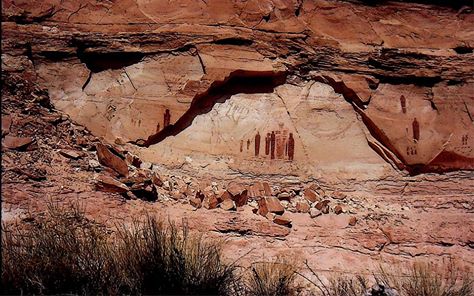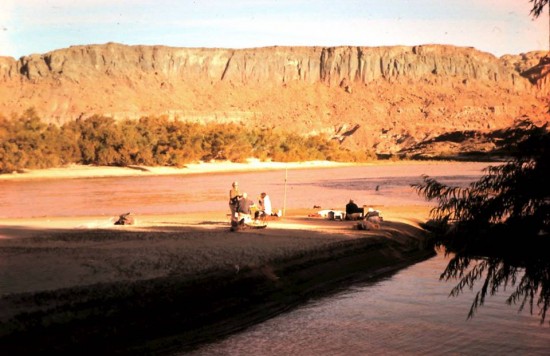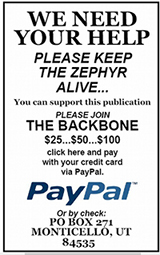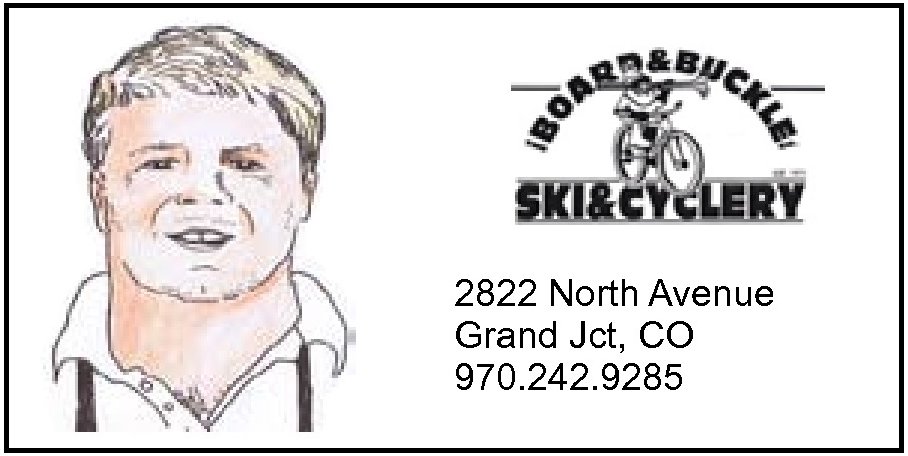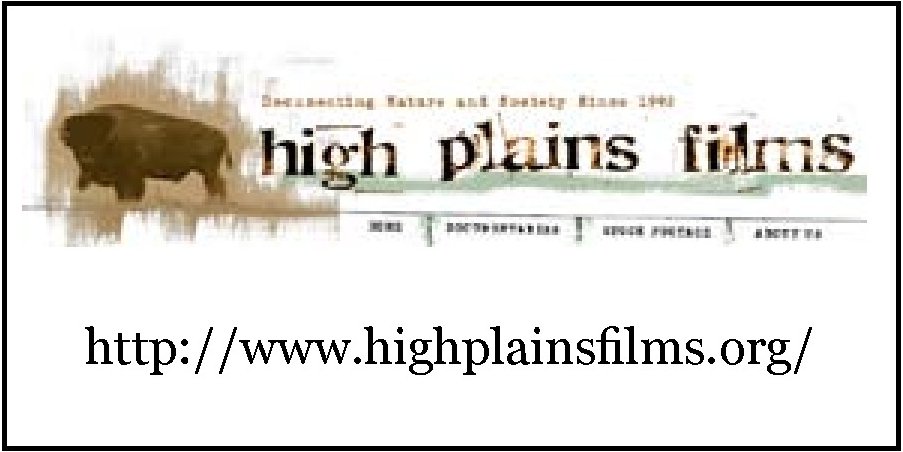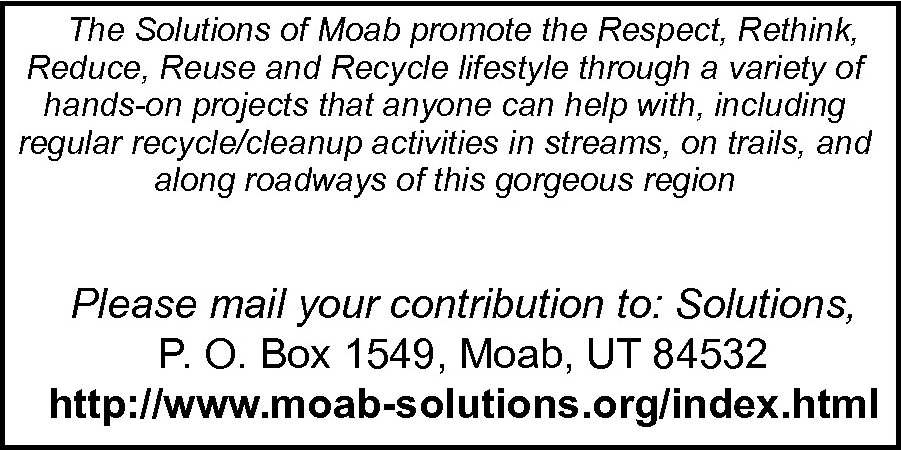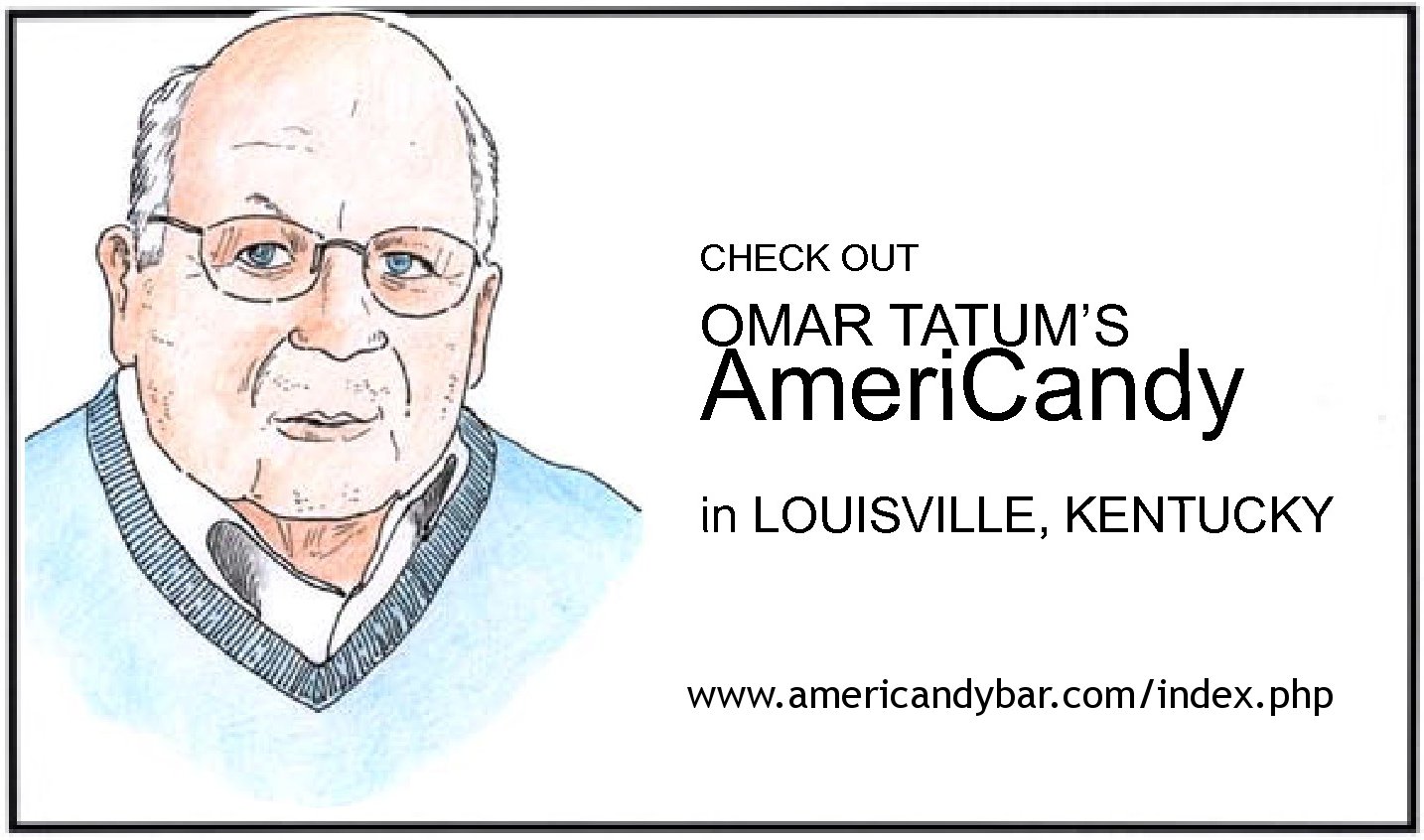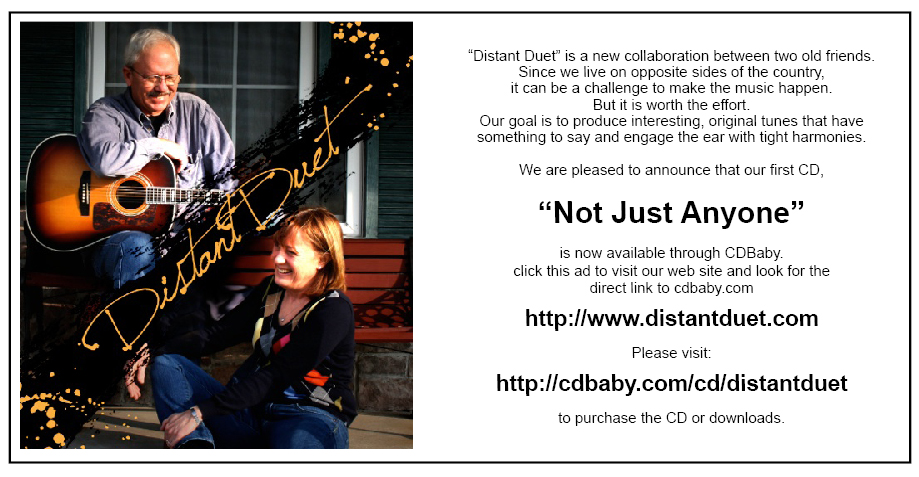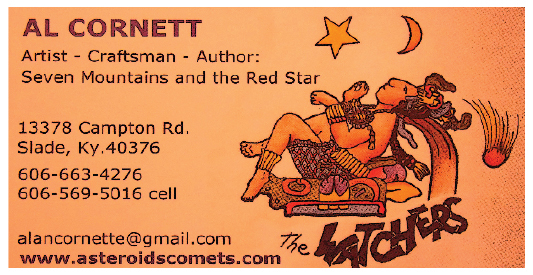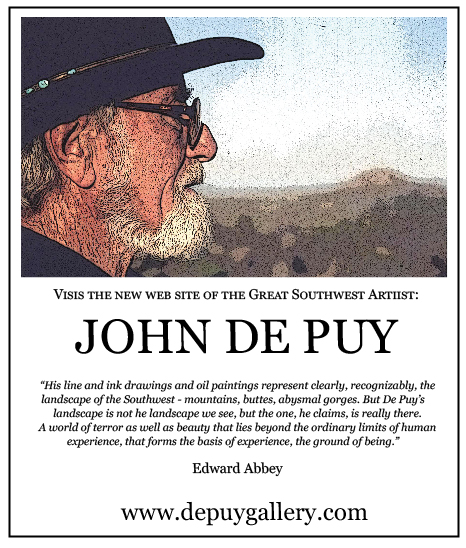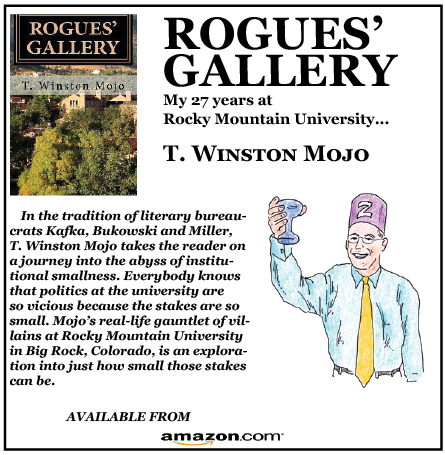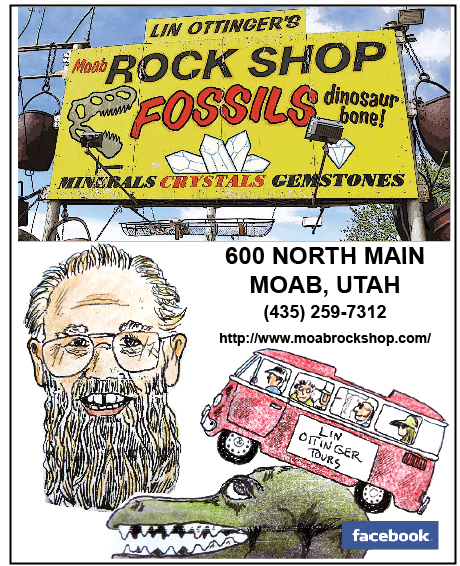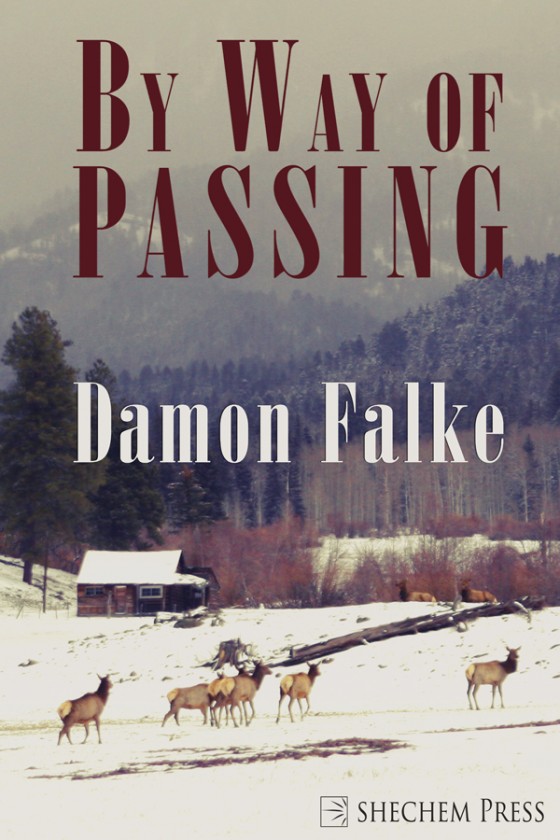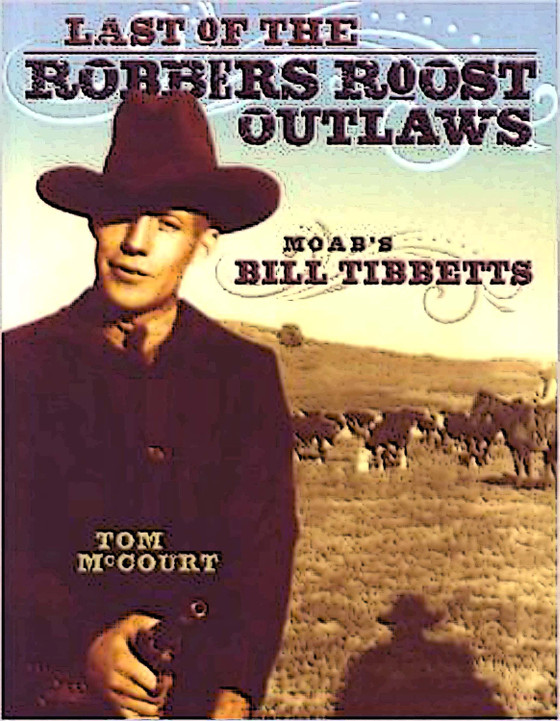New Year’s Bonus
The Most-Read ZEPHYR STORIES
of 2019!
Part 2: The Contributors…
The past year was the best yet at the Zephyr. In 2019, we released six creative, thoughtful and informative issues of the Z, and thanks to you, the articles in them have reached a wider audience than ever before. So this week, in addition to our regular Zephyr Stories email, we want to highlight some of the favorite and most-read stories we published in the past year. Last week, we revisited the top 5 articles from the Z publishers–Jim and Tonya Stiles. This week, we’re spotlighting the top 10 articles of the year from our contributors–Harvey Leake, Paul Vlachos, Bill Keshlear, Stacy Young and Damon Falke.
Also note: every author photo is a link to that contributor’s archive of Zephyr Articles!
As always, thanks for reading…
From the Article…
The New West is also where virtually every successful company that comprises what we might call the Recreation Industrial Complex (RIC) now primarily sells sanctimony and only secondarily sells the good or service that keeps its owners and executives well-fed. In a way, it’s an ingenious twist on Robinson Crusoe: we should speak only of our arduous journey toward self-actualization but, yeah, by the way, we also happen to be fabulously wealthy thanks to the Brazilian plantation we own.
In canyon country, specifically, we can observe how the RIC manufactured both the demand for “Bears Ears” and the satisfaction of that demand. In statistical terms, approximately no one seemed to need to visit “Bears Ears” before December 2016, but now every outdoor athlete with a shoe contract and a Personal Brand to burnish — an “influencer” in the postmodern vernacular — seems determined to make an Insta-pilgrimage to “Bears Ears” or to at least engage in a bit of slacktivism from afar. The hoi polloi cannot be far behind.
It certainly cannot be said with a straight face that the urgency to both produce and consume “Bears Ears” originated with any of the thousands of people who had never heard of it before it showed up in their social media feed thanks to their status as “follower” of their preferred gear manufacturer (and who immediately felt sufficiently well-informed to voice their very strong opinion on the matter).
And finally, also in canyon country, we can look at Moab or Springdale or Torrey and see the logical endpoint of the counterculture-neoliberals’ unflinching manufacture of demand for evermore New West.
From the article…
The Wetherills they soon realized that their effort to protect Mesa Verde was too monumental for the family to handle by themselves. In December, 1889, B. K. wrote the Smithsonian Institute, requesting their help and proposing a government-sponsored research expedition guided by his sons and son-in-law.
“…I would like for the party to work under the Auspices of your institution, as I expect them to make a thorough search, and get many interesting relics, particularly from a number of Cliff houses discovered by my son, R. Wetherill, during the past summer, while guiding tourists over the mountains to view the dwellings.
“Would like to hear from you in regard to the matter. I think it desirable that the things found should be collected in one place as near as possible, and not be scattered all over the country in small lots…. I think the Mancos, and tributary canons should be reserved as a national park, in order to preserve the curious cliff houses….”
The letter was received in Washington, D. C. by Secretary of the Smithsonian Institution, Samuel P. Langley. He sent a cordial, but inconclusive, reply:
“I am quite of your opinion that collections of relics from the Cliff dwellings should be brought together in one place. This seems to be necessary, in order that the greatest possible advantages may result from their study. The Smithsonian Institution, however, is not directly engaged in any explorations of this character. Such matters are rather within the scope of the Bureau of Ethnology, of which Major J. W. Powell, is Director. I have referred your letter to him for consideration and have no doubt that you will soon hear from him on the subject.”
John Wesley Powell, the Colorado River explorer, was at that time Director of the Bureau of Ethnology. He forwarded Wetherill’s letter to a staff member, William Henry Holmes—the same man who had visited Mesa Verde in 1875 and was now serving as archaeologist with the Bureau. Holmes also replied to Wetherill.
“Of course I would be very much pleased if as you suggest we could in some way direct the work laid out by you, but it does not seem practicable at present to do so…. Of course it is a pity that they could not be reserved and preserved, but when their multitude is considered—they cover a good part of four States and Territories—it seems a Herculean task…. I would be much pleased to hear from you occasionally and if we can manage to go in there again we may desire your services.”
Unknown to Wetherill, Holmes had decided to end the dialog with that letter. “There seems to be no need of other communication with him,” he recorded in a private note.
From the article…
I’m going to grab a coffee now, then just get on I-95 and head north. I’m heading home and ruminating on what that means. The most beautiful, poetic, and amorphous version, the one that resonates with most people, is “home is where the heart is.” That sounds good and it actually makes sense, just so long as we don’t get too far into the meaning of “where the heart is.” There’s a lot to explicate there and “the heart” is one of those topics that begins to wilt as soon as you try to explain it. Which is why we have poetry, of course. It also raises the question of whether you can live in one place and your heart can reside in another place…
Home may be where the people are. When I was away from New York for a month, on a cross country trip many years ago, I realized that it wasn’t the city I missed, it was the New Yorkers – the people. Perhaps home is where you are when you’re not traveling. That may be a little too facile, but I just turned to Santo in his dog booster seat behind me, before we started north from tropical Florida to frigid New York. I said, “We’re going home.” I wonder if he sees it that way. It could be that home is wherever the two of us are together. Home is with the pack…
We got an early start today, not because I planned it that way but, when I’m heading home, that’s usually the way it is. I open my eyes and think “No reason to linger.” So the same force of gravity that often makes it difficult to leave town is what pulls me back in. Maybe it’s not the same force, but I think it is. And there is always the moment when I come over that rise on Interstate 78 and all of Manhattan rises up before me. Home….
From the Article…
THE LETTER JOINTLY SIGNED by seven Democrats prominent in party circles was missing important details. It did not indicate who exactly was complaining about what or even if each had first-hand knowledge about anything claimed. Who were the alleged victims? Who witnessed the alleged misconduct? When and where did each supposed incident occur?
For example, allegation “G” charged that “Mr. Miller appeared to be harassing a female volunteer at a campaign office and was told to stop.” He “appeared to be?” What comprised the harassment? Which of the signers personally witnessed the incident? Was the volunteer one of the signers? When did this supposedly happen? What campaign office? Can anybody corroborate the allegation?
Only accusation “F” rises to the level of possible criminal conduct. Again, signers of the letter offered no evidence. There’s been no public indication any of the signers filed a complaint with police. Civil rights advocate and former Salt Lake City mayor Rocky Anderson, Miller’s pro bono advocate, sent documents to members of the Executive and Central committees to rebut the charge. Included in those documents were screen grabs from a private conversation on Facebook that depict a close, platonic relationship between Miller and the supposed victim.
Virtually every news media outlet in Utah that covered the story and even a few from out of state and country reported the signers “said they witnessed several instances of sexual misconduct” — a broad brush that can mean dating violence, domestic violence, sexual assault, and stalking. In fact, the signers did not say that. At least two signers even admitted they had no personal knowledge of any claims. No signer said in so many words, “This is what I witnessed or experienced.”
From the Article…
When I realized the worlds where I grew-up had changed beyond what I knew or had foreseen, I left. I packed my gear and truck and went fishing elsewhere. Perhaps from the start I desired to find substitutes for what I thought was gone. After all, much of this began in the shadow of a break-up, when the nineteen-year-old me, unexpectedly wounded by love and sad, took off for New Zealand, where, I had read, there were bigger trout and the islands were far, faraway. But “substitutes” is not the best word. Neither is replacement. Perhaps reflection would be a better word. Perhaps echo. Reflection and echo at least hold a glimmer of enchantment. In truth, there is no place to replace our loves, just as there are no words to describe who or what we love.
...The idea of an unchanging, better place is easy to conjure, and the fishermen I admire seem to have lived through halcyon days and fished on perfect waters, though odds are they didn’t really…did they? But the creeks and rivers I stumbled through in my youth were not removed from time. The landscapes they shaped could not remain home. Yet, in a way, faraway became my home.
From the article…
So, noise has been on my mind lately and I keep thinking of one of my private guilty pleasures – of when I finally get out west to the desert, find a place to park, turn off the engine and then just sit back and let the quiet envelop me. The emptiness expands and something shifts inside. It’s the same feeling I get when I slide into a primitive hot spring. But I realize now it’s not quiet and noise that are really on my mind. What’s really on my mind is solitude. I have felt a bit alienated lately.
A wise man once told me that “isolation is when it’s forced on you, solitude is when you choose it.” He was the same guy who told me that “sanity speaks in a whisper,” so I believed him when he first told me that, 30 years ago. I believe him now more than ever. Sonny was the first guy I knew who played computer solitaire. He played it obsessively. This was in the early 1990s. He had already seen a child of his die a horrible death. He ended up in a long-term care center for the last 15 years of his life, having lost his legs to diabetes – and he was powerless over his own isolation by that point. He had no choice.
Solitude, isolation, silence and loneliness. Sometimes, it’s hard to tell what’s what. Another wise old guy used to tell me how he would go to the desert when he felt scrambled up inside. “The desert will take you apart, Paul, but then it will put you back together again.” This was Jerry, another guy who knew how to be alone. But, as with all people who spend too much time by themselves, Jerry could talk your ear off. If you ran into him on a street corner, you might be standing there for 40 minutes before you could engineer an escape. Still, he was always kind and he always would listen, as well as talk. Jerry would ask me to take him along on one of my road trips – he was getting too old to drive on his own – and I always put him off. I have trouble with too much human company. He is gone now and I wish I had taken him up on the offer. At the time, though, I was too busy to slow down for anybody.
From the Article…
I once asked a friend while we were fishing what he thought about when he fished.
“I think about fishing,” he said. After a pause he asked, “Don’t you?”
“Sometimes, sure. I mean, I am a fisherman.”
“Okay.”
“But do you ever think about life, love and our collective failure and misery?”
“No, not really, not when I’m fishing.”
I tried this approach for a couple of years and realized that thinking about fishing while fishing usually caused me to think about something else. Efforts to think also caused an unexpected turn in my fishing life. I discovered that fly fishing could not be the sun, so to speak, around which all other experiences rotated. For more than 20 years I had made decisions about where to live, what to drive, when to work, and when not to work all in relationship to fly fishing. But something in me had changed, which is a vague and rather cliché claim, though nonetheless true. Something in me had changed…
For all that changed, I didn’t stop fishing the big river, but I went to the water less and less. I didn’t have the heart to throw flies at stressed trout. Instead, I returned to the high country streams I had fished as boy, including the creek where Uncle Lloyd and I had first fished together. More than ten years had passed since I had trekked with Lloyd into the mountain creek. I returned with an awareness that our lives are often essentialized by moments of before and after. I wanted to see those willows lining the banks of the stream. I wanted to look over the meadow spreading across the valley and see the mountains on the other side of the valley rising above the dark timber. I wanted to learn if I had kept well those earlier days and kept Lloyd, too, Lloyd wearing his floppy hat, his shirt untucked, and an expression on his face framed perpetually between skepticism and amusement.
There was no trail. I walked up a hill and through a few stands of aspen and across a few meadows before reaching the place where I could look over the valley and the creek below, the willows and the mountains. They had not changed. They all remained in a country I had nearly imagined, touched by the agreeable sunlight of a high country summer. I had carried a rod and a few flies, but I don’t remember fishing that day. I don’t remember casting a line.
From the Article…
When Willie Grayeyes and Kenneth Maryboy took their oaths of office in January, San Juan County became the first in Utah to have a local governing majority of Native Americans and, importantly, one that comprised activists who have played a leading role in a bitter multiyear, multimillion dollar political campaign to create and now litigate Bears Ears National Monument.
Its “historic” status has survived a legal challenge that alleged Grayeyes was not a resident of Utah and therefore ineligible to hold public office in the state. In a controversial ruling on Jan. 29, 7th District Judge Don Torgerson cited, in part, the commissioner’s “rich cultural history” and his observance of “traditional cultural practices” in Navajo Mountain, Utah, community as forming the basis of residency.
Neither Grayeyes or Maryboy has publicly signaled an intent to curb their activism regarding expansion of tribal sovereignty beyond the Navajo reservation into Bears Ears country in order to represent the interests of conservative Navajos and ancestors of Mormon pioneers – a bloc of constituents that convincingly demonstrated in November’s election the county as a whole remains deeply red…
From the Article…
The process of drawing boundaries on maps and reducing a vast area to a single label “Bears Ears” was akin to placing a jar upon a hill in Tennessee. What once was simply an off-brand canyon country backwater — surrounding nothing, bearing many names or none at all, used for purposes both quotidian and sublime, only sparsely visited by tourists — became a discrete, commodified thing useful for the advancement of all manner of political and commercial agendas…
Subtract humanity from the equation altogether and naming something “wilderness” makes little sense. After all, the very term is meant to describe a place undisturbed and uninhabited by humans. Wilderness, in this sense, is white space, defined through its contrast with places where humanity’s influence is undeniable. But without humanity, it would all be white space and “nature” would need no label to connote a distinction between itself and “non-nature.” This is to say nothing of the fact that the symbol “nature” is itself a human construct; nature would never name itself. The same goes, obviously, for “Tennessee.”
From the Article…
Although my hometown of Prescott, Arizona has a rich frontier heritage, I had a vague feeling growing up there that my true home was in some even wilder place. While my schoolmates talked of houses, toys, parties, television shows, movies, and the latest singing sensations, my thoughts drifted toward the granite boulders, scrub oaks, ponderosa pines, and rough terrain of our backyard and the freedom of spirit that the natural landscape offered those of us who went to the trouble of getting out and seeing it.
My mother, Dorothy Leake, told my brothers, sister, and me about her childhood visits to Kayenta, the home and trading post of her grandparents, John and Louisa Wetherill, way up north on the Navajo Reservation near Monument Valley. To her it was a magical place, far away from the ruckus of the city, where people seemed more authentic and the pristine countryside provided limitless space for her and her sister, Johni Lou, to explore and play.
She told of her grandparents’ lodge and the visitors who came there from far away to experience the untrammeled terrain surrounding the little settlement and the ancient ways of the cliff-dwellers and resident Navajos. During meals, served on a long dining room table, her grandmother would regale the guests with pioneer tales and native folklore, and her grandfather unraveled some of the mysteries of the sandstone wilderness, telling of his explorations and the archaeological treasures and natural wonders he had found out there.
And, as always, feel free to VISIT OUR HOMEPAGE and see all the articles currently posted!

